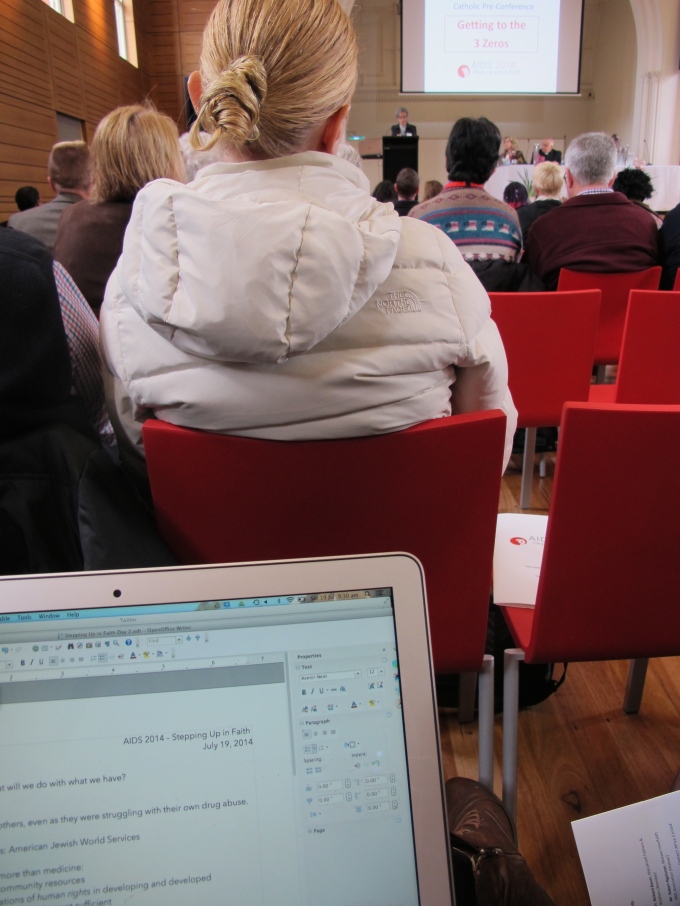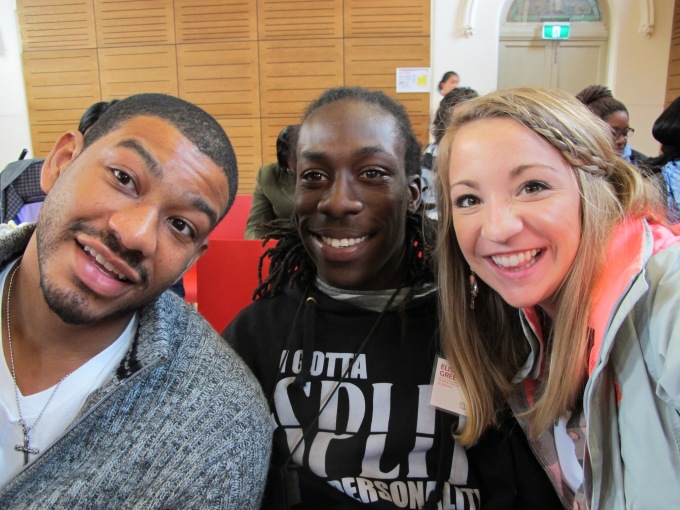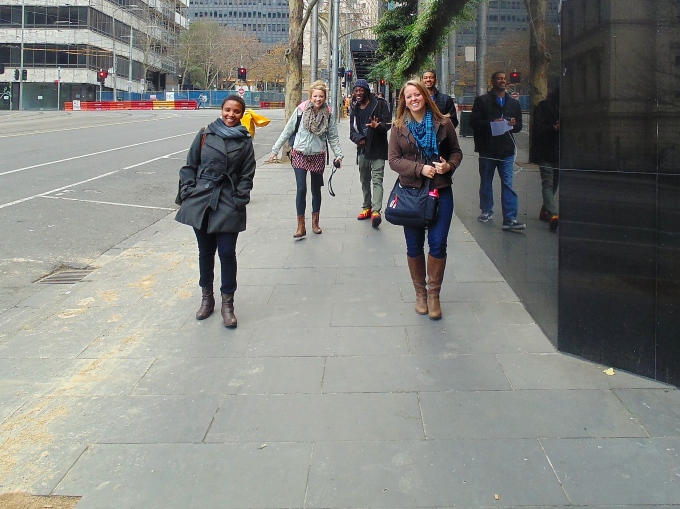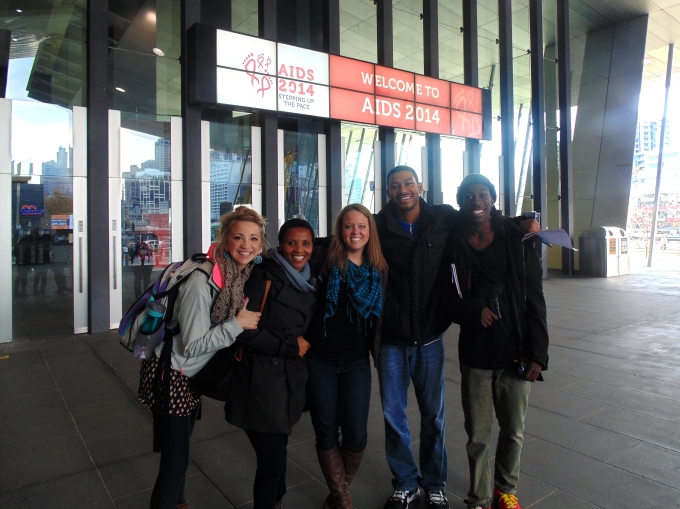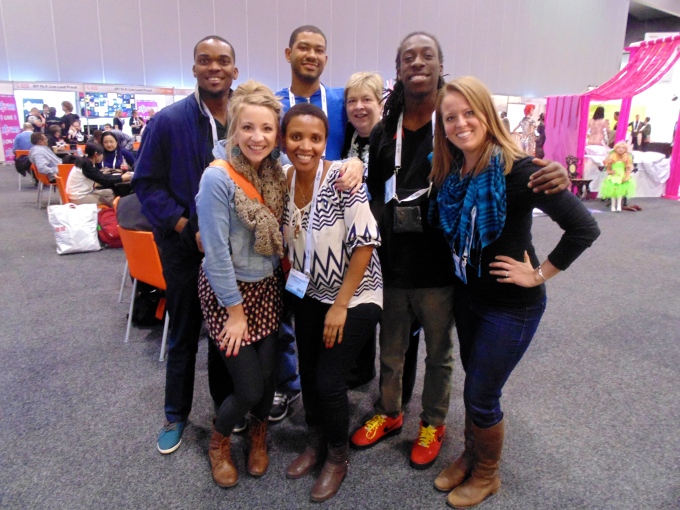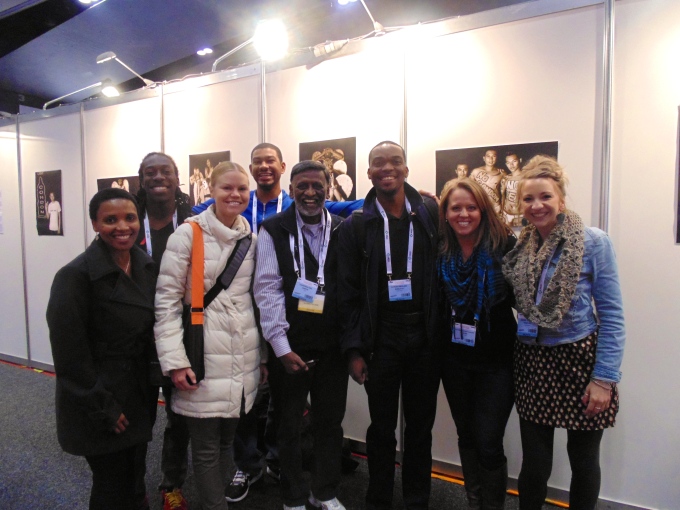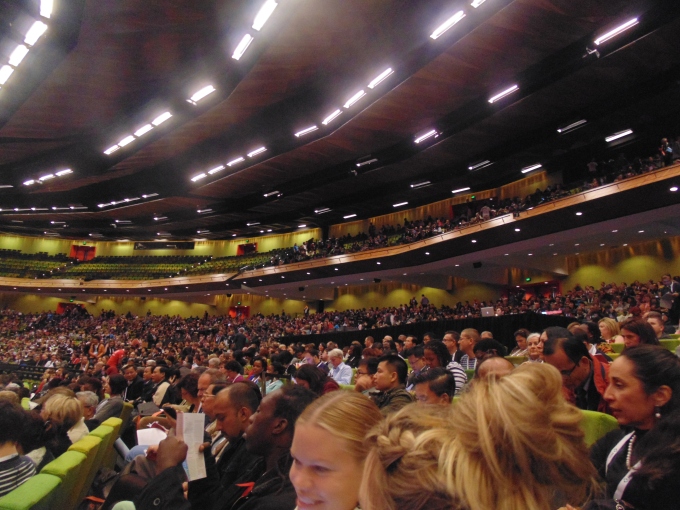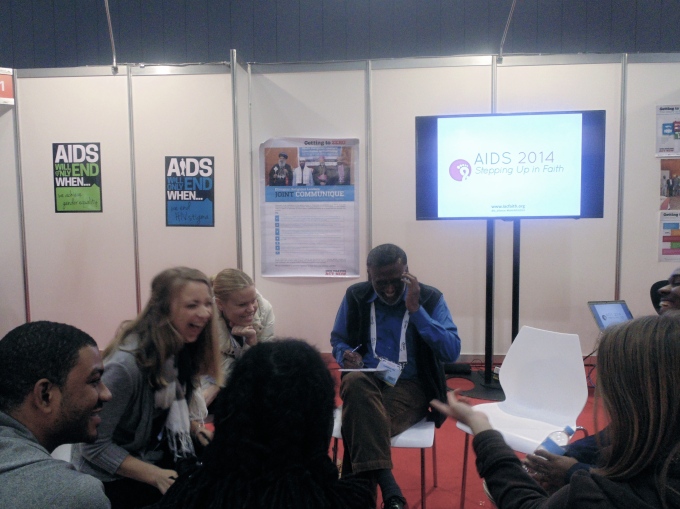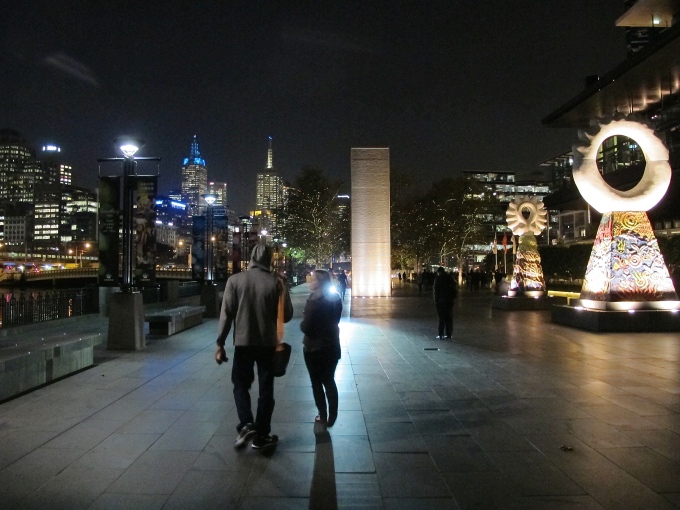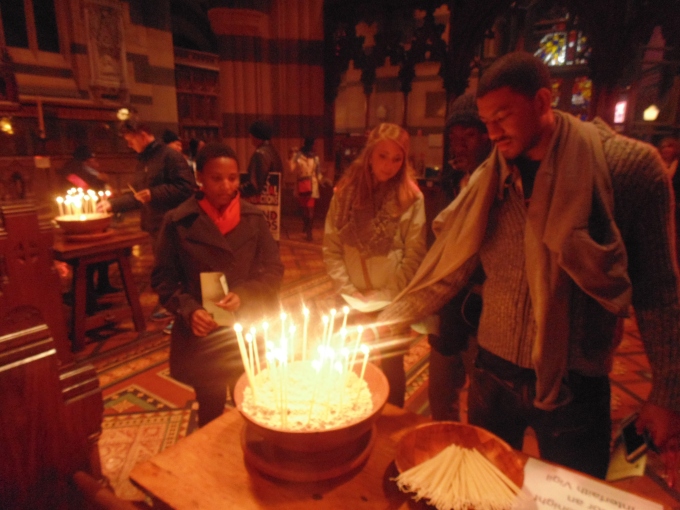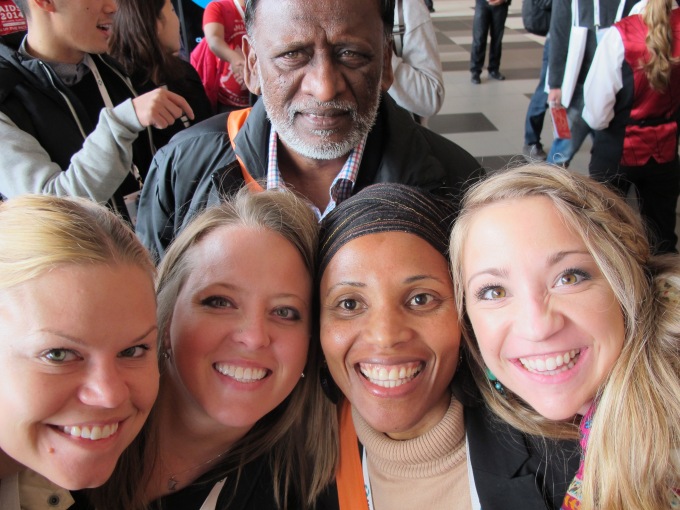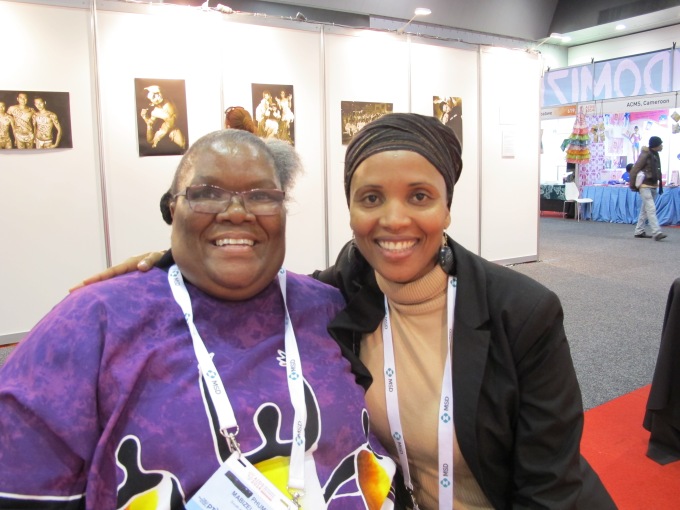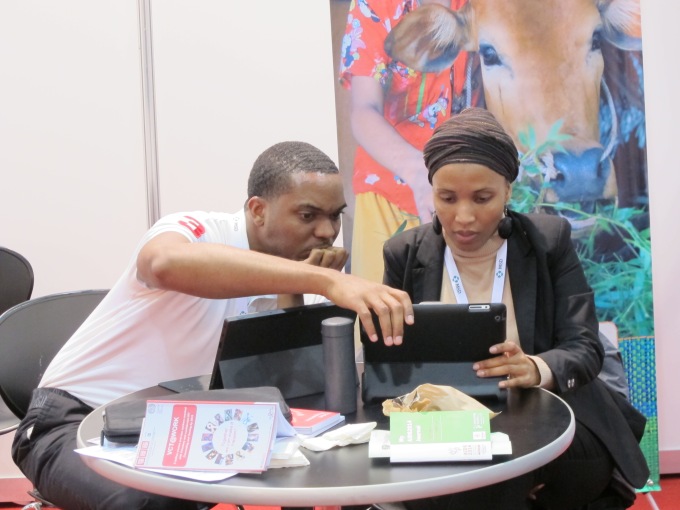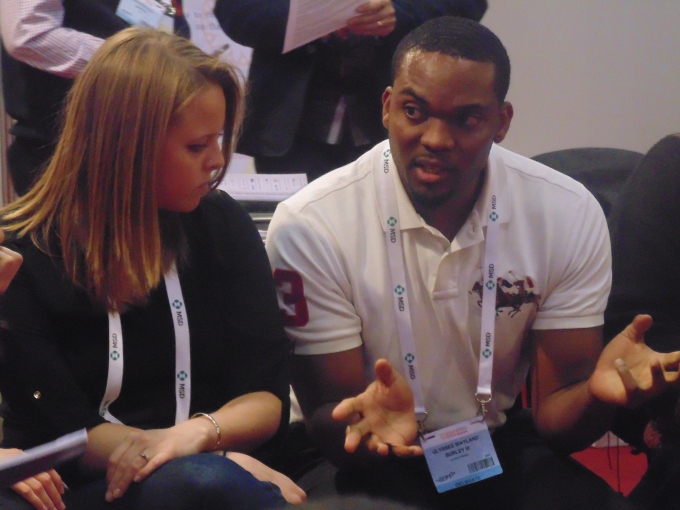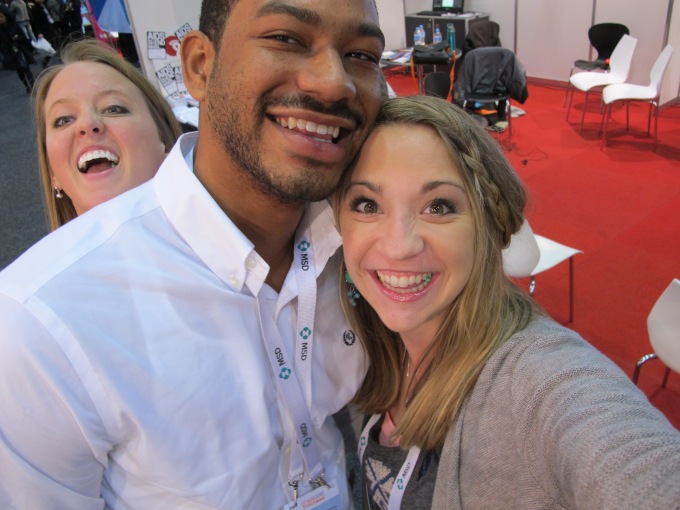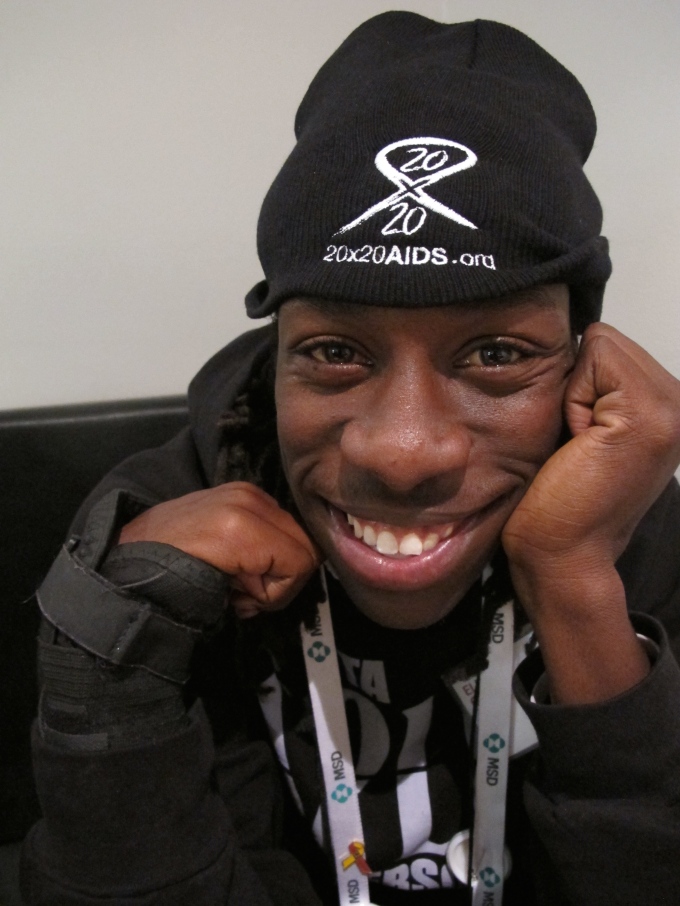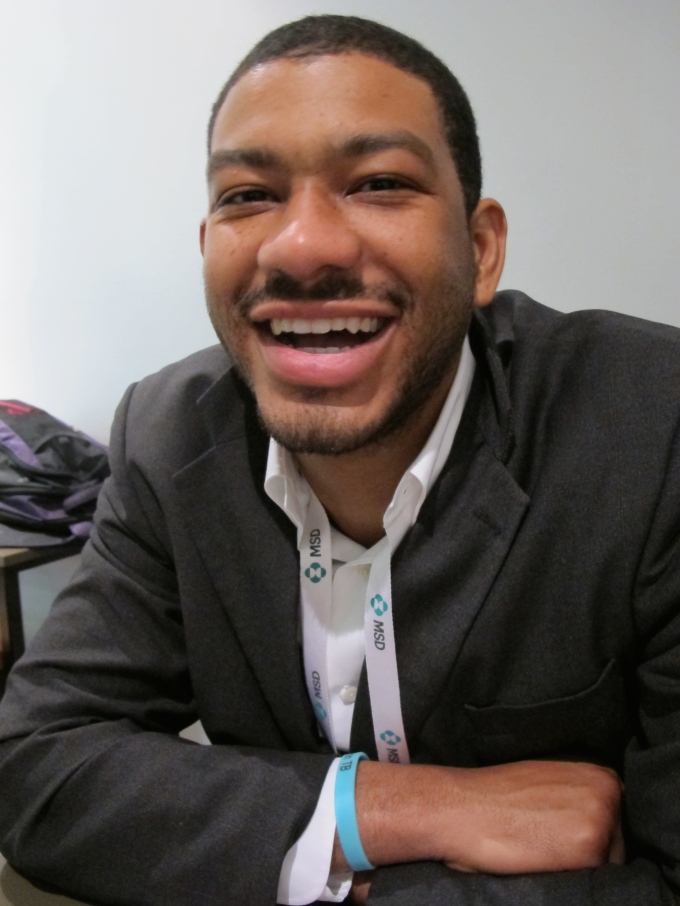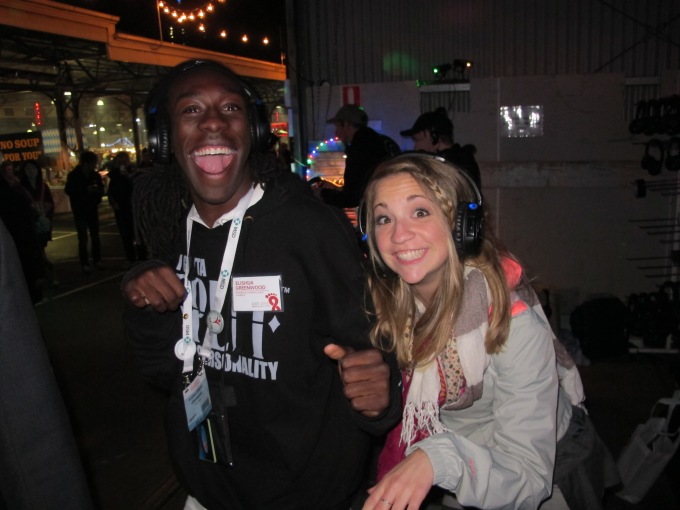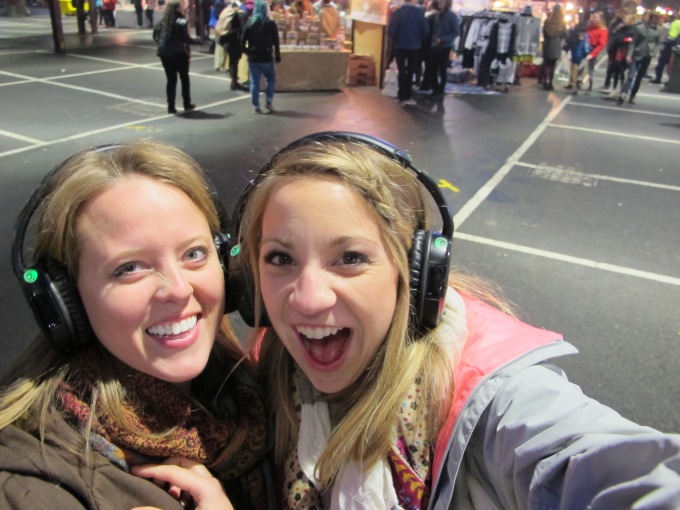As with most things in life, the 20th International AIDS Conference (IAC) and its associated events, were full of “highs,” but neither void of the “lows,” nor the “really lows” for that matter. Here I’ll recap the good, the bad, and the ugly of the 2014 Ecumenical Advocacy Alliance (EAA) Interfaith Preconference and International AIDS Conference based solely on my opinion as a three time participant of both events.
The Good
The Interfaith Preconference brought together the world’s foremost faith leaders in HIV and AIDS to address what most faith groups are reluctant to discuss: faith, stigma, sex, and HIV. The preconference had representation from the Jewish, Buddhist, Christian and Hindu communities but also offered a high level panel discussion in conjunction with the Catholic Preconference, which included the likes of Dr. Luiz Loures and Dr. Deborah Birx. To conclude the Interfaith Preconference, the EAA highlighted the voices of young adults for the first time in my history of attending, which is a move in the right direction for faith communities and the HIV and AIDS discussion in general.
The 20th International AIDS Conference had its highlights as well. With headliners in the field of HIV medical research abound, the latest advances in the fight to end AIDS were brought to the stage; information presented publicly for the first time in some cases. Government dignitaries were present, most notably Bill Clinton who has been a regular at IAC and a faithful partner in the AIDS epidemic vis-à-vis The Clinton Foundation. He delivered a well scripted report of the work of the Foundation and subsequent progress in the quest to end AIDS, encouraging the international community to redouble its efforts in the fight as we are closer than we’ve ever been to getting to zero. By my assessment, there was far less science and far more social justice focus during AIDS 2014, which I see as a benefit to the majority of stakeholders in the AIDS epidemic: people living with HIV, and advocates – mostly people who are not medical science professionals. This shift in attention can be seen as the International AIDS Society’s (IAS) realization that we now have the science to treat HIV, and must concentrate more on treating people by reducing stigma, changing behaviors and altering attitudes. I was delighted to see workshops addressing gender based violence, criminalization of high risk populations, HIV in prisons, and even a workshop focused specifically on men who have sex with women (a joke was made that this was the first time a workshop was held for men who have sex with women given the high rate of HIV transmission among men who have sex with men (MSM) and subsequent increased attention). As a faith representative I was equally pleased to see 8 faith related workshops during the main conference, the most since my participation in 2010 and 2012, and if I had to guess, probably the most ever.
The Bad
Although the world’s foremost faith leaders in HIV response were present at the Interfaith Preconference, they were the same leaders who’ve been out front since my introduction to the faith and HIV arena. If this was your first experience at such a forum you left encouraged and excited about what you were hearing from the faith community, but if you’ve been doing the work for a while, you realize there have been few new voices added to the conversation over the years. The dialogue held before each IAC around faith and HIV creates the illusion that faith ambassadors around the world are truly stepping up as the preconference theme, “Stepping up in Faith” suggests, when in reality there is a minority of committed leaders consistently engaged in the work. This is no fault of the EAA or those who continue to be present, but a testament to how far we’ve come by faith, and how much farther we still have journey to fully integrate our churches, synagogues, temples, and mosques in the conversation on HIV, faith, sex, and stigma. Likewise, despite the efforts of the EAA to highlight the voices of young people in the closing plenary of the Interfaith Preconference, young voices are largely absent from the faith +HIV dialogue as are new voices. The Evangelical Lutheran Church in America (ELCA) has consistently been well represented during the preconference by its young adult delegation, often supplying the full complement of registrants under the age of 30. This year the Young Women’s Christian Association (YWCA) also had a substantial presence of young people, but 2 organizations out of the many in the world is a poor representation of the quarter of people living with HIV and AIDS in the world under the age of 30. Again this is not an issue for the EAA to solve, rather a deeper issue of the faith community’s need to engage youth and young adults more intentionally.
The main blemish on the face of the IAC was the host continent: Australia. While the city of Melbourne itself was a wonderful host, Australia was a difficult destination. It’s an expensive trip, and participation suffered as a result. But that’s out of Australia’s control, so no harm no fouls. What is within their government’s control is the process in which citizens of visiting countries may enter into Australia. The IAC normally averages an attendance upwards of 20,000 people, but this year’s registration fell well short of that number at only 12,000 participants. Again, the distance and cost of the trip was part to blame, but at a conference where African Nationals are sometimes the largest demographic present, the process under which African Nationals were required to undergo in order to be granted travel visas to Australia, was prohibitive. Anyone not an Australian citizen is required to have a visa to visit Australia. As a U.S. citizen, the process for me involved filling out an online application that took all of five minutes, resulting in instant approval of an electronic visa that did not require me to leave the comfort of my home to visit an Australian embassy. However, African Nationals interested in traveling to Australia had to go to Johannesburg, South Africa to receive their visas. If you are familiar with the continent of Africa, you understand that travel to Johannesburg isn’t logistically or economically feasible for citizens of countries outside of South Africa. Those African Nationals who might have had the means to travel to Joburg still had to deal with the high possibility of being denied a visa. Therefore many African Nationals who intended to attend AIDS 2014 were not able to do so due to a prohibitive process for entry into Australia. I spoke with many Australian citizens about this and they noted this to be a black eye for a country trying to shed its xenophobic reputation. The bright side: AIDS 2016 will be in Durban, South Africa where I anticipate a rebound in African and international participation.
The Ugly
The Interfaith Preconference also suffered from the challenges of journeying to Australia. What usually is a participation of 250 or more registrants, the Interfaith Preconference boasted a registration of roughly 100 people; but that wasn’t the main concern. Of those 100 or so participants, nearly all of them were of Christian faith; not very interfaith for an Interfaith Preconference. Nonetheless, between the preconference, interfaith worship service, and faith track during the main conference, we managed to hear from the Jewish, Buddhist, Christian, Islam, and Hindu communities either by direct representation or by proxy.
By far, the lowest moment of the IAC happened before the conference even began in the skies over the Ukraine/Russia conflict zone when flight MH17 was downed by a missile fired as a result of what’s believed to be mistaken identity. We quickly learned that many of the passengers on the plane were delegates headed to Melbourne for the IAC, including world renowned HIV expert and former IAS president, Joep Lange. Needless to say this sad and unfortunate event completely changed the tone of a conference that otherwise gathers every two years to celebrate life. The impact was felt right away during the opening ceremony that usually has the feel of an international party, but felt more like a memorial service as moments of silence, tributes, and solemn song were abundant. Many of the persons lost were not only colleagues of those present, but close friends of a lot of the keynote speakers. Throughout the week, each speaker appropriately honored their colleagues in their own special way, sometimes including personal photos with the victims in their presentations before sharing their research. While lives were lost to the lament of the AIDS community, years of knowledge in HIV and AIDS research was lost to the world. Ironically, Ukraine/Russian has the highest rate of new HIV infections in Eastern Europe and Central Asia, and the solution to their fast growing epidemic may have been lost in their blunder. To say the least, a grey cloud hovered over the Melbourne Exhibition Centre during the IAC, but the IAS did its best to honor the lives of those lost in a way they would be proud of; by carrying on with AIDS 2014 in spite of the tragedy, because the best way to honor them, is to continue the work they began.
El Fin
Doctors have a saying: “If there are no ups and downs in your life, it means you are dead.”
 The 20th International AIDS Conference and its associated events were not short of ups and downs, but life was present all around us, even in the wake of death; people LIVING with HIV, not dying. HIV and AIDS is no longer a death sentence, and even as many died trying to advance the work being done in the field, millions more will live as result of their sacrifice. AIDS 2014 was much more than a medical science conference; it was a gathering to celebrate humanity; a time to not just focus on HIV treatment, but people treatment; an opportunity to not just share the statistics, but to share the stories. AIDS 2014 was about “Stepping up in Faith” and “Stepping up the Pace,” leaving no one behind in the fight against AIDS. I look forward to continuing the good fight at AIDS 2016 in Durban, South Africa.
The 20th International AIDS Conference and its associated events were not short of ups and downs, but life was present all around us, even in the wake of death; people LIVING with HIV, not dying. HIV and AIDS is no longer a death sentence, and even as many died trying to advance the work being done in the field, millions more will live as result of their sacrifice. AIDS 2014 was much more than a medical science conference; it was a gathering to celebrate humanity; a time to not just focus on HIV treatment, but people treatment; an opportunity to not just share the statistics, but to share the stories. AIDS 2014 was about “Stepping up in Faith” and “Stepping up the Pace,” leaving no one behind in the fight against AIDS. I look forward to continuing the good fight at AIDS 2016 in Durban, South Africa.



